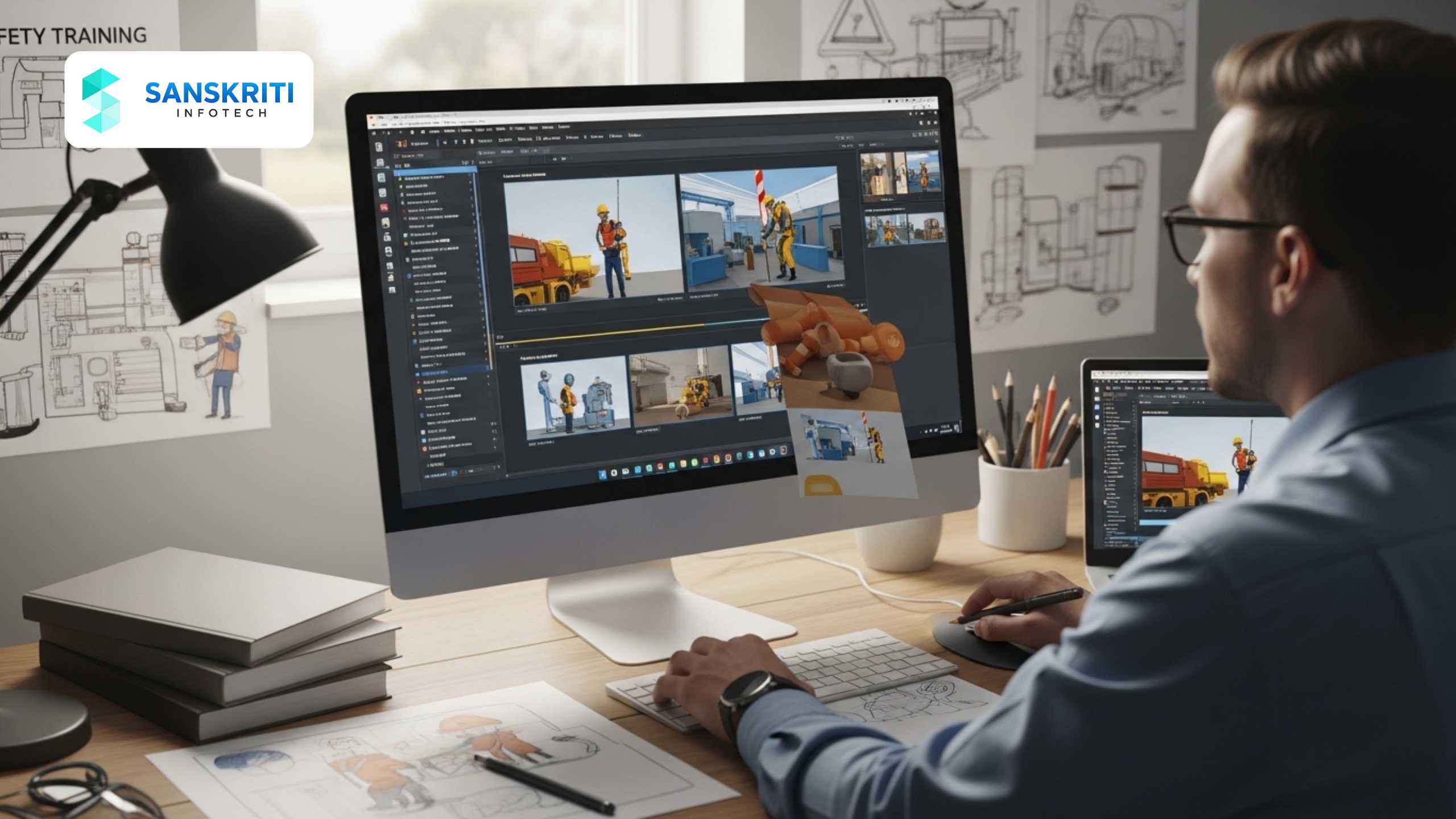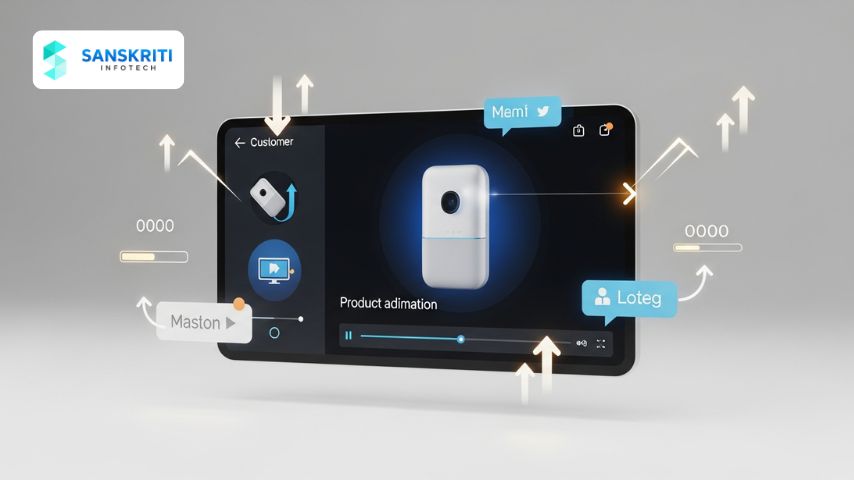Table of Contents
Introduction
In today’s fast-paced industrial environments, delivering effective safety training is more critical—and more challenging—than ever. Traditional training methods, like classroom lectures, printed manuals, and outdated videos, often fail to make the lasting impact needed to truly shape safe behavior on the job.
Enter 3D animated scenarios—a revolutionary way to design and deliver engaging, interactive, and visually rich safety training courses. By simulating real-world hazards and responses, these animations bridge the gap between theory and practice, offering workers a dynamic and memorable learning experience.
In this blog, we explore how using 3D animated scenarios can help you build better safety training courses, reduce incidents, and foster a culture of safety at every level of your organization.
The Limitations of Traditional Safety Training
– Over-reliance on text-based materials results in low engagement.
– Static visuals fail to simulate real-world risk perception.
– Workers may struggle with language barriers or literacy.
– Lack of interaction leads to poor retention and application.
– Difficult to personalize or scale across teams or locations.
What Are 3D Animated Scenarios?
3D animated safety scenarios are digital recreations of real-life industrial processes, hazards, or emergency responses, built using advanced computer graphics. These are often used in microlearning modules or integrated into larger safety training courses.
These videos can visually demonstrate:
– Machine operation and lockout/tagout procedures
– Chemical spill response
– Confined space entry and rescue
– Fire evacuation drills
– Proper use of PPE in high-risk areas
How 3D Animation Elevates Safety Courses
– Engagement: Moving visuals and storytelling draw attention better than slides.
– Clarity: Complex processes are explained in simple, visual terms.
– Consistency: Delivers the same quality of training across departments.
– Multilingual Support: Use voiceover and subtitles for local language understanding.
– Retention: Visual memory leads to higher recall in actual risk scenarios.
Benefits Across Industrial Use Cases
Manufacturing: Demonstrate SOPs, machine hazards, and safety compliance.
Oil & Gas: Simulate high-risk environments without exposing workers to danger.
**Construction**: Visualize site safety protocols and toolbox talks.
**Chemical Plants**: Train teams on safe chemical handling and emergency leaks.
**Warehousing**: Showcase safe equipment operation and loading practices.
Case Study: A Manufacturing Firm Reduces Training Time by 40%
A Tier-1 automotive parts manufacturer adopted a suite of 3D animated training modules to teach forklift operation, electrical panel safety, and PPE protocols. Within 60 days:
– Employee onboarding time reduced by 40%
– Safety compliance improved in ISO audits
– Supervisors reported fewer repeat safety violations
– Workers rated animations as ‘easier to understand’ than previous PowerPoints
Tips for Designing Effective 3D Safety Training Courses
– Identify the top 5–10 most critical hazards or SOPs in your environment.
– Break training into short, focused scenarios (2–5 minutes each).
– Use real data, incidents, or walkthroughs to guide visual content.
– Add narration, quizzes, and interactive checkpoints where needed.
– Update content as equipment, layout, or SOPs evolve.
Conclusion
3D animated scenarios are changing the way industries approach safety training. By delivering immersive, context-specific content that resonates with real-world experience, these courses not only improve retention—they help prevent accidents before they happen.
Sanskriti Infotech creates high-impact 3D animated safety content tailored to your industry, processes, and training goals. Let’s build smarter, safer, and more engaging safety training courses that actually stick.






